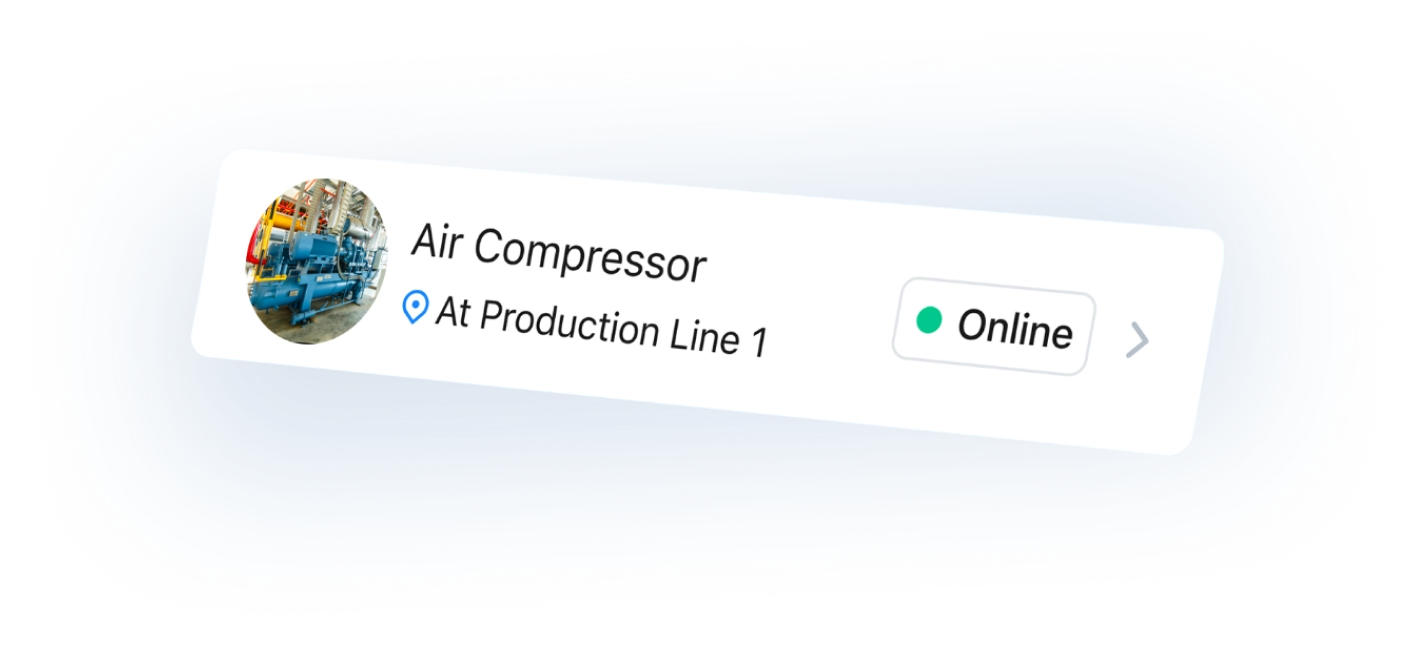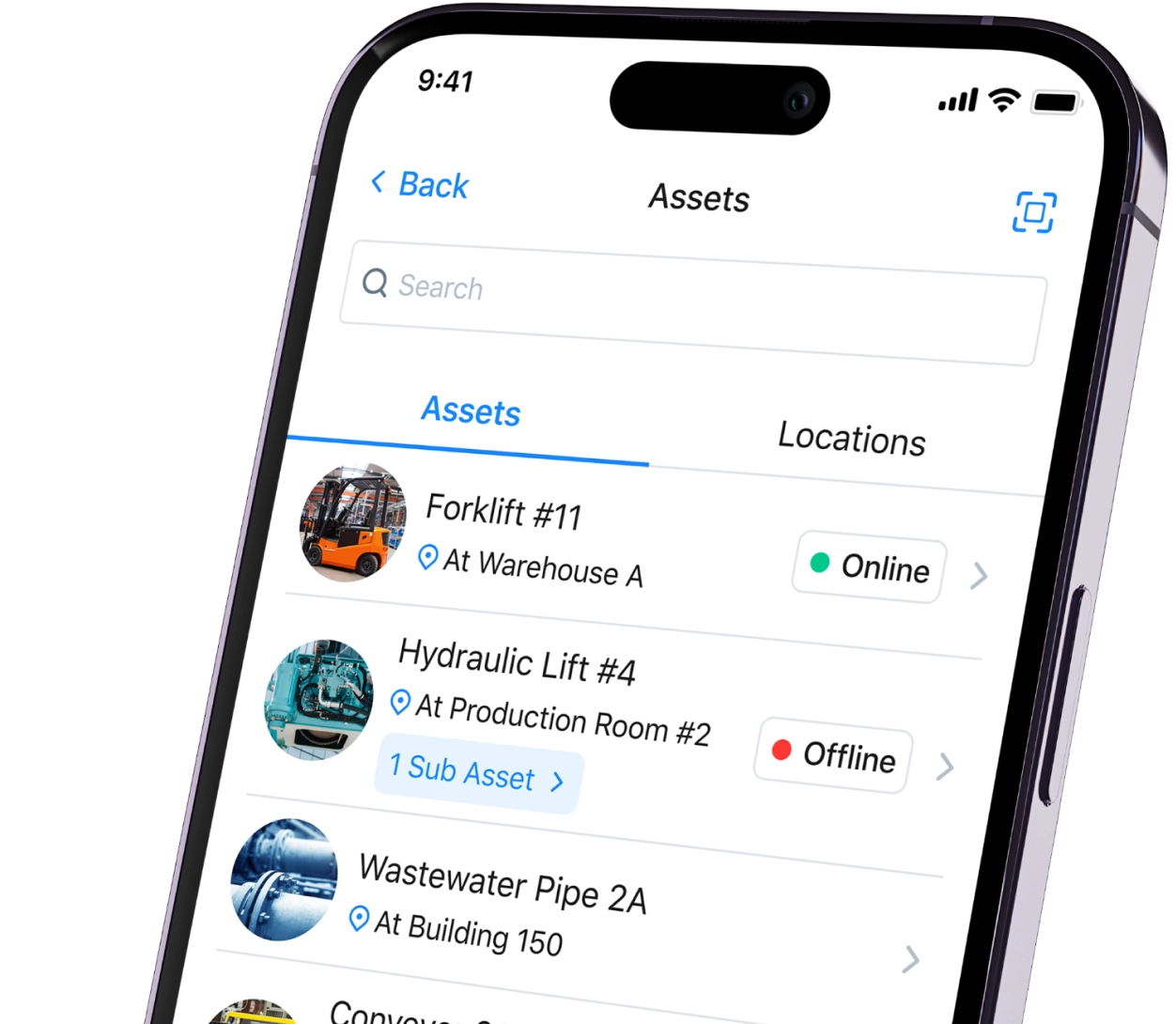Preventive maintenance forms the foundation of successful fleet management. Regular inspections and scheduled maintenance tasks can reduce repair costs and extend the lifespan of your trucks. Implementing a structured preventive maintenance program ensures your trucks remain operational while maintaining safety and compliance.
Key takeaways
- Regular preventive maintenance prevents unexpected breakdowns and extends vehicle lifespan.
- Engine oil maintenance prevents accelerated wear and potential engine failure.
- Proper tire pressure and rotation improve fuel efficiency and extend tire life.
- Pre-service inspections help identify potential issues before they cause truck breakdowns.
- Implementing a structured maintenance program reduces repair costs and unplanned downtime.
1. Check engine oil levels
Engine oil serves as the critical fluid lubricates moving parts, prevents overheating, and removes contaminants. Low oil levels cause increased friction, leading to accelerated wear and potential engine failure. Improper oil maintenance can reduce fuel mileage by around 0.4 mpg.
Maintenance technicians should check oil levels at least weekly with the engine off and the truck on level ground. Look for signs of contamination or discoloration, which indicate oil degradation. Change engine oil according to the manufacturer's recommendations or sooner when operating in severe conditions with heavy loads.
2. Check and change other fluids
Multiple fluid systems keep trucks operational, and each requires regular monitoring. These systems directly impact vehicle performance, safety, and component lifespan.
Check these critical fluids during routine maintenance:
- Coolant: Prevents overheating and freezing while protecting against corrosion
- Transmission fluid: Ensures smooth gear shifting and prevents premature transmission wear
- Brake fluid: Maintains proper braking function for safety
- Power steering fluid: Enables responsive steering control
Fluid levels should be checked weekly, with complete flushes performed at intervals specified in your maintenance schedule. Replace any fluid showing signs of contamination, discoloration, or unusual smell.
3. Check tire pressure
562 people died in tire-related crashes in the US in 2022. Tire pressure directly impacts safety, fuel economy, and tire lifespan. This simple maintenance task prevents blowouts and improves vehicle handling during operation.
Check tire pressure during pre-service inspections when tires are cold using a reliable pressure gauge. Maintain pressure according to manufacturer specifications, accounting for load conditions. Under-inflated tires increase rolling resistance, reducing fuel efficiency and accelerating tread wear, while over-inflation creates irregular wear patterns and reduces traction.
4. Check and rotate tires
Tire condition affects vehicle safety, performance, and operational costs. Regular rotation ensures even wear, extending tire life and maintaining consistent handling characteristics.
Inspect tires for uneven wear patterns, cuts, bulges, and embedded objects. Measure tread depth using a gauge at multiple points across each tire. Rotate tires according to your PM schedule based on mileage or time intervals. Replace tires when the tread depth reaches minimum standards or when damage compromises safety.
5. Inspect air filters
Air filters protect engines from contaminants and directly impact fuel efficiency and emissions. Clogged filters restrict airflow, increasing fuel consumption by as much as 10% and reducing power.
Inspect air filters monthly or more frequently in dusty environments. Hold the filter up to a light source—if light doesn't pass through, replacement is necessary. Clean housing and sealing surfaces when replacing filters to ensure proper filtration. Following this maintenance task prevents engine damage and maintains optimal performance.
6. Check brakes
Brake system maintenance ensures safety and compliance while preventing costly repairs. This system requires thorough inspection of multiple components to maintain proper function. Brake system maintenance is especially important for trucks: a major federal study published in 2006 found that in the accidents studied, “brake problems were coded for almost 30 percent of the trucks but only 5 percent of the passenger vehicles.”
Inspect these braking components regularly:
- Brake pads/shoes for wear beyond manufacturer specifications
- Rotors/drums for scoring, cracking, or uneven wear
- Brake lines and hoses for leaks or damage
- Proper adjustment of components
- Warning indicators and ABS functionality
Address any issues immediately, as brake failures present serious safety risks. Follow DOT requirements for truck maintenance to prevent violations and ensure reliable performance.
7. Check windshield wipers and fluid levels
The Department of Transportation (DOT) reports that “every year, over 3,400 people are killed and over 357,300 people are injured in crashes during rainfall.” Clear visibility during all weather conditions ensures driver safety and operational efficiency. This maintenance task combines inspection of physical components with fluid level checks.
Replace wiper blades showing signs of wear, including streaking, skipping, or cracking. Fill washer fluid reservoirs with the appropriate solution for your climate, using winter-grade fluid in cold regions. Test wiper function regularly to ensure proper operation when needed.
8. Inspect glass for chips and cracks
Windshield integrity affects both safety and compliance. Small chips can quickly develop into cracks that obscure vision and compromise structural integrity.
Inspect all glass surfaces weekly for damage. Address small chips immediately with appropriate repair kits before they expand. Replace windshields with cracks in the driver's line of sight or those extending to edges. This maintenance task prevents DOT violations while maintaining operator safety.
9. Check exterior and interior lighting
In the 2023 international roadcheck, a 72-hour commercial vehicle inspection event, defective lights accounted for 11.5% of all vehicle out-of-service violations. Functional lighting ensures visibility, communication with other drivers, and regulatory compliance. Lighting systems require regular inspection and prompt replacement of failing components.
Test all lights during pre-service inspections, including:
- Headlights (high and low beam)
- Tail lights and brake lights
- Turn signals and hazard lights
- Marker lights and reflectors
- Interior cab lights and dash illumination
Replace bulbs at the first sign of dimming rather than waiting for complete failure. Clean light covers regularly to maintain optimal brightness and visibility.
10. Perform a battery load test
In 2017, AAA found that 23% of vehicle breakdowns that required a tow were due to battery or electrical system issues. Battery health impacts starting reliability and electrical system function. Regular testing prevents unexpected failures and extends component lifespan.
Perform battery load tests quarterly or when starting problems occur. Clean terminals and connections, removing corrosion with appropriate tools. Check charging system output to ensure proper battery maintenance. This preventive measure reduces the risk of breakdowns, especially in extreme temperatures.
11. Check steering and suspension
Steering and suspension systems affect handling, safety, and driver comfort. These components experience significant stress during normal operation.
Inspect these critical areas monthly:
- Steering linkage for excessive play or damage
- Power steering system for leaks or unusual noise
- Suspension components for wear or damage
- CV joints and universal joints for proper function
- Shocks/struts for leakage or degradation
Address issues promptly to prevent accelerated tire wear and maintain vehicle control. This maintenance task directly impacts the safety and comfort of truck drivers.
12. Check truck cab for safety and comfort
Cab conditions affect driver productivity, safety, and compliance. This often-overlooked area requires regular inspection to maintain operational efficiency.
Verify proper function of:
- Seat belts and restraint systems
- HVAC system for driver comfort
- Mirrors and adjustment mechanisms
- Safety equipment, including fire extinguishers
- Auxiliary systems and controls
Document cab inspections as part of your preventive maintenance checklist. This maintenance task supports driver retention while ensuring regulatory compliance.
FAQs on Preventative Maintenance for Trucks
Preventive maintenance costs vary based on truck type, usage patterns, and maintenance intervals. Basic service ranges from $150-300 per truck monthly, while comprehensive programs may reach $500-800. However, preventive maintenance typically reduces overall operational costs by 15-20% by reducing repairs and extending vehicle lifespan.
Maintenance schedules should follow the manufacturer's recommendations while considering operational conditions. Most fleets implement these intervals:
- Oil and filter changes: Every 10,000-15,000 miles
- Comprehensive inspections: Every 20,000-30,000 miles
- Major service: Every 100,000 miles
Adjust schedules based on engine hours, operating conditions, and historical data from your fleet.
Effective preventive maintenance checklists include:
- Fluid levels and condition checks
- Tire pressure and condition assessment
- Brake system inspection
- Electrical system testing
- Engine performance evaluation
- Safety equipment verification
- Fifth-wheel platform inspection
- Exhaust system examination
Customize checklists for your specific equipment while maintaining compliance with regulatory requirements.
See MaintainX in action






